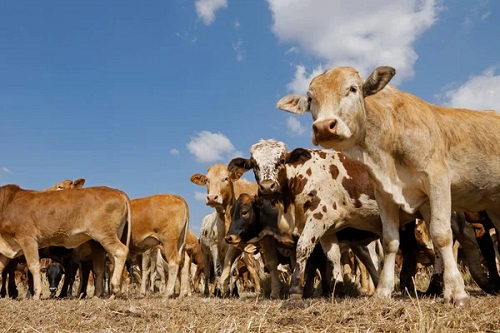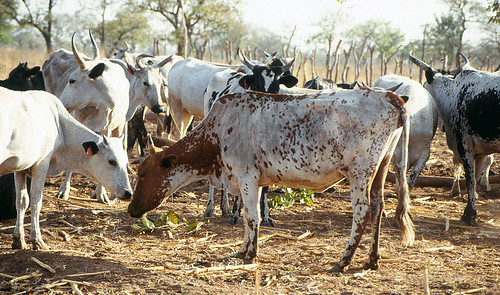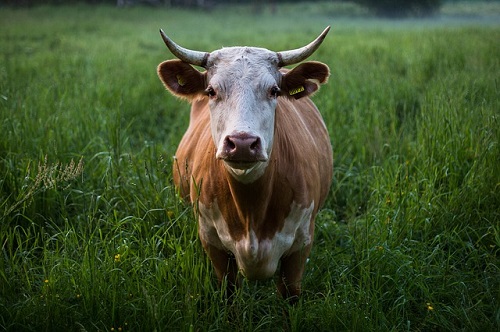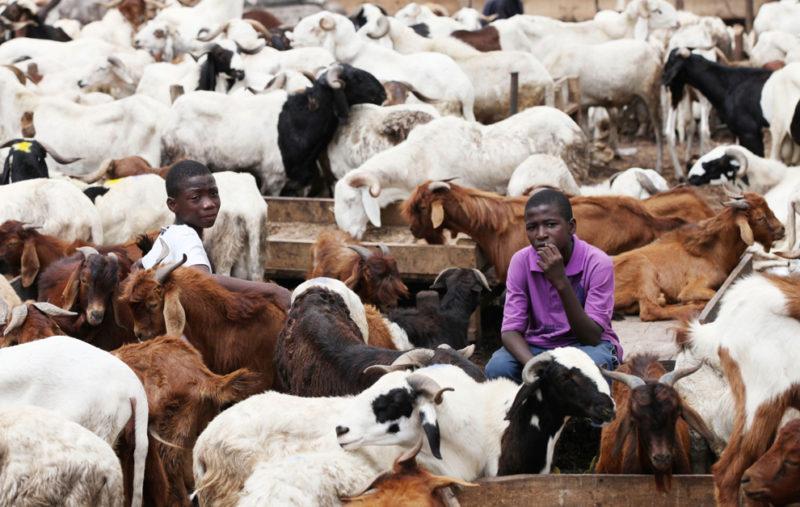Culling cattle is the process of selecting and removal of undesirable, unproductive or poorly performing cattle from a herd. It is a very important process in the beef industry, as it determines the quality of animals that are produced.
If you are raising a breeding herd, no matter if it’s dairy or beef, you need to sell certain animals that will potentially bring down your herd further if you didn’t sell them and replace them with the next generation of better breeding stock.
If you choose to keep both the old and new animals, you will be facing major overstocking problems. Thus culling or taking unproductive inferior-quality cattle out of your herd solves these issues. In this article, we will discuss the 10 criteria that are used for culling cattle.
1. Age: Most cows should be culled on the above criteria, not age as well. As long as they are in good shape, produce good calves and still have good teeth, they can still stay in the herd as long as possible.
2. Conformation: Feet and leg conformation need to be of importance in your cow herd, especially if they need to be traveling a fair distance every day. Any animals with lameness issues should be gone. Udder and teat size is also important: cows need to have tight, square udders and small teats. A calf cannot latch onto a large, coke-bottle-sized teat because it is just too big for its mouth. Other things to consider are pelvic size, depth of rib, heart girth, length of the body, depth of the hind quarters, and uniformity throughout. Bulls must also have excellent conformation in order to be keepers in a cow herd.
Also Read: Listeriosis in Goats and Cattle
3. Health: A cow that is affected with a non-ambulatory and non-food-safety-issue disease like Johne’s Disease or BVD should be culled, as these diseases are non-treatable, and the latter easily spread throughout the herd. Cows with cancer eye should also be culled.
4. Milking ability: Though not as much important in beef herds as in dairy herds, if a beef cow isn’t producing enough milk for her calf she needs to go.
5. Mothering ability: If a cow or heifer will not accept her calf or does not provide care for it, she must go. You can give her one chance, but if she fails the second time she needs to go.
6. Mouth: The majority of cows that have no teeth or have their molars worn down to their gums cannot subsist well on the same feed fed to other cows with teeth.
Also Read: Grass Tetany (Hypomagnesemia) in Cattle
7. Open (non-pregnant) cows: If some cows or heifers remain open after a certain breeding period, they should be sold.
8. Poor performance: Cows that raise poor or below-average quality calves need to be culled. Below-quality calves result from poor milking ability, poor health, or poor genetics.
9. Prolapse: Cows that experience vaginal prolapse need to be culled because it is a genetic condition that repeats in their daughters. As a result, the cow’s daughters should also be culled.
Also Read: Common Reasons Why a Cow won’t Produce Milk
10. Temperament or Disposition: Cows or heifers with bad temperaments–flighty or aggressive–should not be kept around. The same thing goes with bulls.



